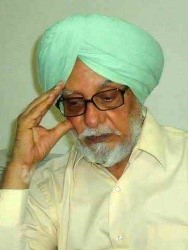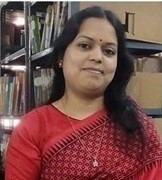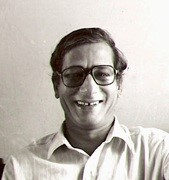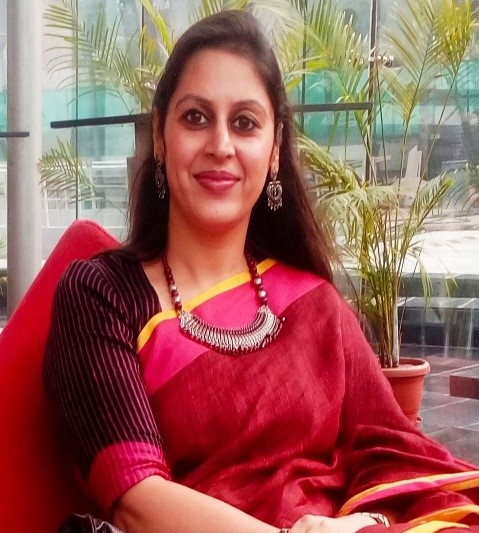GRISHMA RITU - SUMMER ISSUE NO. 121 (May-Jun 2025)
>>>>

“For Sekhon, Gurbani was not a revealed text that the Almighty might have put at the disposal of the Gurus. Likewise, they were not divine personages who came to the earth to implement some supernatural agenda. They were exceptionally gifted human beings with whom to claim genealogical affiliation of the intellectual sort, was so very creditable in his eyes.” (Dr Tejwant Singh Gill in “Sant Singh Sekhon - Gurbani’s Emergent Reading”. (FEATURE)
SPONSORSHIP
This Special Issue of Muse India on Punjabi Literature is sponsored by our member, Mr Paramjeet Singh, Founder, EduSikh.








